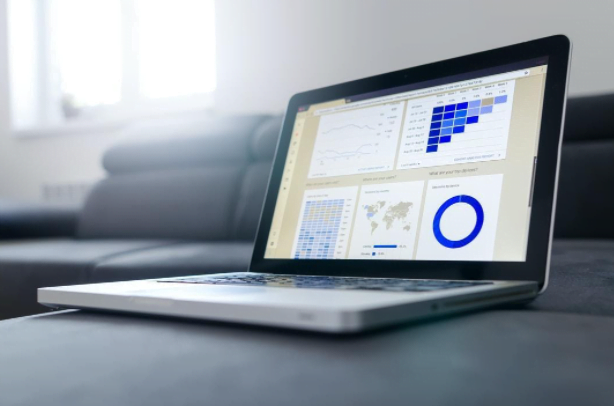Businesses are taking advantage of technological advances with each passing day. More and more companies are embracing these reforms to streamline customer service, handle internal affairs, and make their data work for them. One of those reforms is event-driven architecture or EDA, which is advancing how some energy companies use real-time data to address any issues expeditiously and efficiently.
Explaining Event-Driven Architecture

You’re probably wondering, what is event driven architecture? EDA is a software design pattern that allows organizations to detect important business moments and act on them in real-time, replacing the traditional “request/response” architecture that some websites have relied on. The flow of event-driven architecture is driven by a new event, such as a transaction, website visit, or even leaving an item in the shopping cart on a retail site.
Event-driven architecture makes for lines of communications in the business process where the sender and recipient don’t have to wait for each other to move onto the next task. Producer and consumer keep direct contact through a simple event, but that can be expanded to include a broker on a transaction or other sources through varying types of events. For example, as a retailer, you may collect data from all of the purchases throughout your stores. Those are fed into event-driven architecture to monitor for fraud, with an event channel keeping track of the success of the transaction. A manufacturer of the product will use EDA to keep track of sensors to assure that items are produced at the highest quality.
Events in the Energy Industry

Event-driven architecture is a relevant diagram for any energy provider to entrust. For example, when exploring the energy marketplace, EDA can be used to compare electricity to help consumers find the best electric plan. An event source could be as simple as a consumer going on to a website exploring energy rates to find a way to reduce their monthly bill by going towards renewable energy sources, like solar and wind, rather than opting for traditional electric and natural gas methods.
EDA can also be utilized with the right plan to alert about potential outages in an area brought on by weather, or for a consumer to contact an energy provider with any issues regardless of off-peak or peak time. Some top providers will keep a reference to the current rates if a user has visited a website seeing an electric rate to keep those consumers in the know about the energy plans that are available in their ZIP code. An event message may be made available to provide those dealing with a power outage with an update on when service may return. These customer service efforts are part of an architecture pattern that keeps transparency regardless of your energy plan and the consumption of events.
Teaming up Technologies
Beyond just the monthly electric bill and a power outage, the inner workings of an electric company can rely on EDA for the best practice of informational and operational technologies. This allows for a consumer in a specific service area to receive coordinated care regardless of the series of events, by keeping all parties aware of the next step in repairs. This data collection platform allows energy experts to determine the source of the issue.
Customer service reps are able to understand the performance capabilities of repairmen in certain circumstances while understanding the triggers of those events. This internal communication can go from questions about the electric bill to the outage in question, even if you opt for wind energy or switch up electric companies. With real-time data through a stream of events, electric providers are able to keep all parties in the know and get the amount of electricity back and flowing as soon as possible, before putting in a new order for an existing problem.

